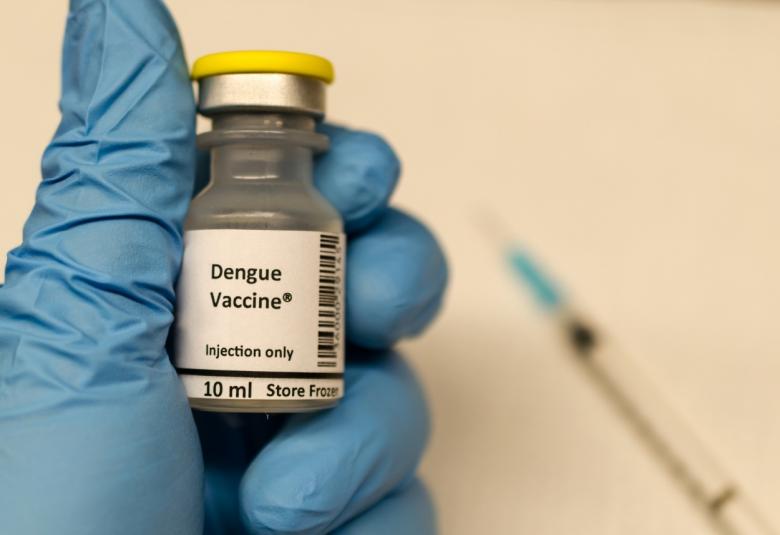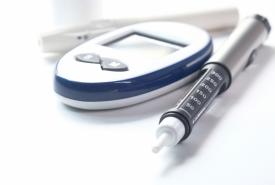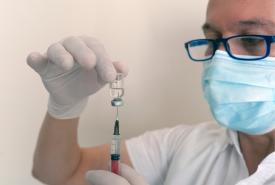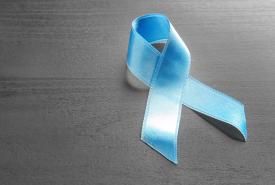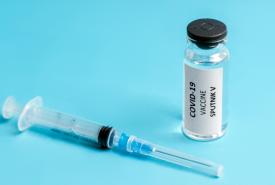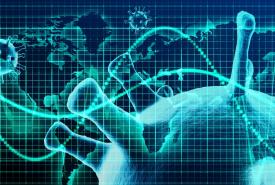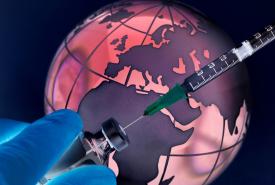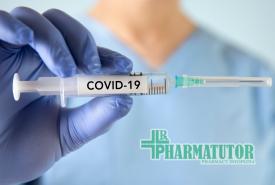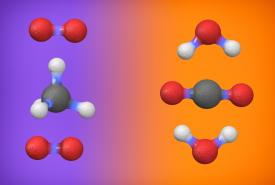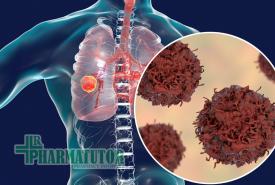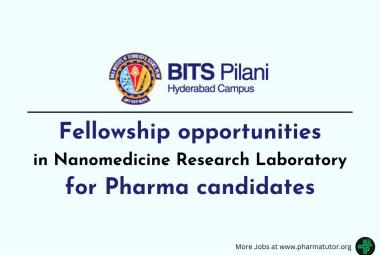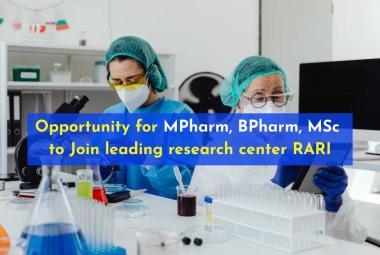Takeda Begins Regulatory Submissions for Dengue Vaccine Candidate in EU and Dengue-Endemic Countries
Takeda announced that the European Medicines Agency (EMA) has accepted the Company’s filing packages for its dengue vaccine candidate (TAK-003) which is being investigated for the prevention of dengue due to any dengue virus serotype in individuals ages four to 60. Takeda intends to submit regulatory filings in Argentina, Brazil, Colombia, Indonesia, Malaysia, Mexico, Singapore, Sri Lanka and Thailand during 2021.


